7 Famous Lord Shiva Temple Around The World You Can Visit In Sharavan
By: Priyanka Maheshwari Sun, 11 Aug 2024 2:32:37
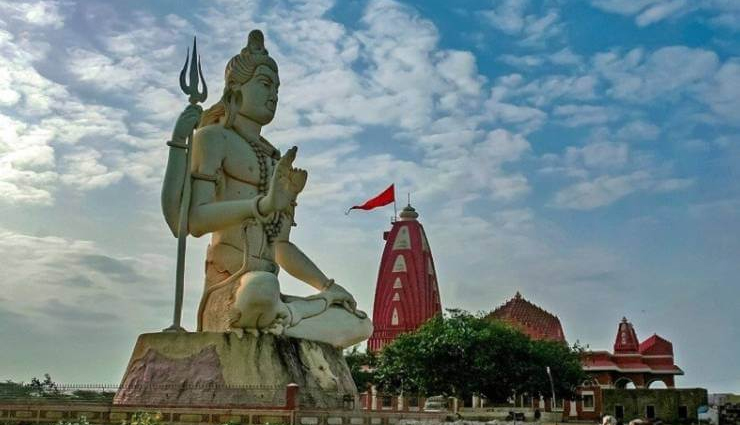
For thousands of years, Shiva, the Destroyer, has been a central figure in Hindu mythology, revered and worshiped across cultures. As one of the three principal deities in the Hindu pantheon—alongside Brahma, the Creator, and Vishnu, the Preserver—Shiva embodies a multifaceted nature that transcends the seemingly ominous title of "Destroyer." This title reflects his crucial role in the cosmic cycle, not as an agent of chaos but as a facilitator of renewal.
In Hindu belief, the universe undergoes cycles of creation, preservation, and destruction. Shiva's role as the Destroyer is integral to this cycle: he brings about the end of each cosmic age, paving the way for the universe to be reborn. This destruction is not an end but a necessary step for the renewal of the cosmos, highlighting Shiva's function as a catalyst for regeneration rather than merely an agent of annihilation.
In artistic representations, Shiva is often shown in a meditative pose, his skin typically depicted as blue or white, and adorned with a snake around his neck. The snake symbolizes the shedding of the old to make way for the new, mirroring Shiva’s role in destroying the old universe to facilitate the birth of a new one.
Shiva is also distinguished by his ascetic lifestyle and modesty. He renounces worldly pleasures and indulgences, choosing instead a life of meditation and self-discipline, which he believes leads to ultimate harmony and happiness.
Given his rich symbolism and spiritual significance, it is no wonder that Shiva has been a focal point of worship for centuries. His grandeur is commemorated through altars, statues, and temples around the world. Below is a list of notable Shiva temples from various parts of the globe.
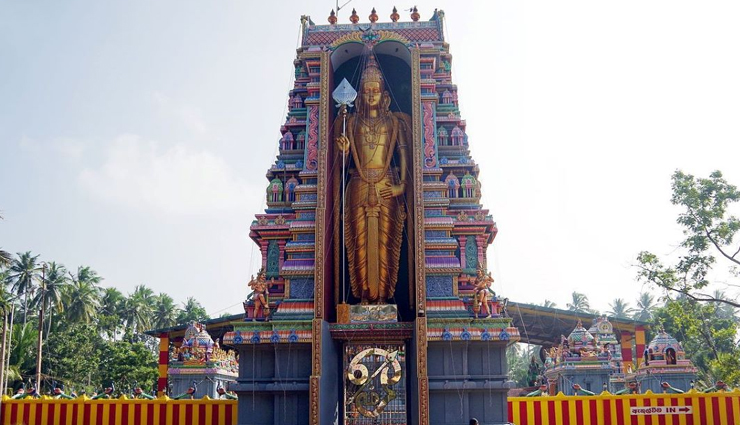
# Munneswaram Temple in Sri Lanka
The Munneswaram Temple, one of the most significant Hindu temples in Sri Lanka, comprises several buildings, with the central one dedicated to Lord Shiva. The complex, believed to be over a thousand years old, has endured two destructions due to Portuguese occupation but has been lovingly restored by the local community. Today, it stands as a testament to its enduring heritage.
Various Hindu festivals are celebrated here, fostering a sense of community among locals and visitors alike. The Munneswaram Festival, a four-week event, is especially popular, drawing not only Hindu devotees but also individuals from Buddhist, Catholic, and Muslim backgrounds. Those wishing to honor Lord Shiva can visit during the annual Shivaratri festival, dedicated to the powerful deity.
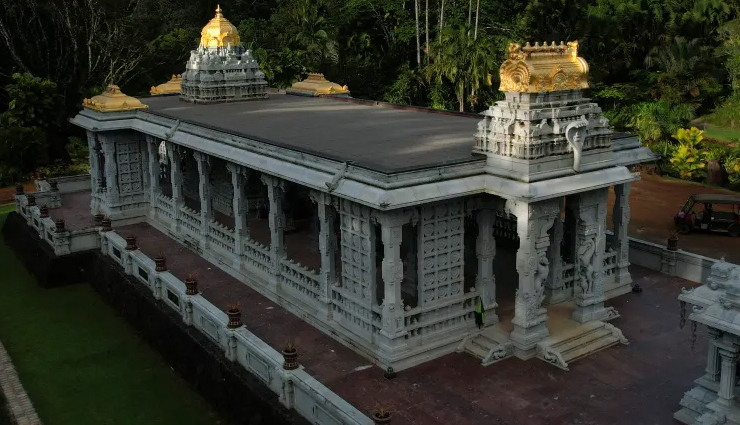
# Kauai’s Hindu Monastery in Hawaii, USA
Nestled on Kauai, amid tropical rainforests and waterfalls, Kauai’s Hindu Monastery serves as a spiritual haven. Established in 1970, the monastery is home to monks who dedicate their lives to worshiping Shiva and his children, Ganesha and Muruga. The monks lead an ascetic lifestyle, growing organic food and crafting their own clothing.
Despite its ancient philosophy, the monastery embraces modern technology to advance its mission. The monks use laptops and other tools to manage their website, produce the Hinduism Today magazine, and share information about the monastery. Visitors are welcomed daily from 9 AM to noon to meditate and engage in spiritual practices within this serene natural setting.
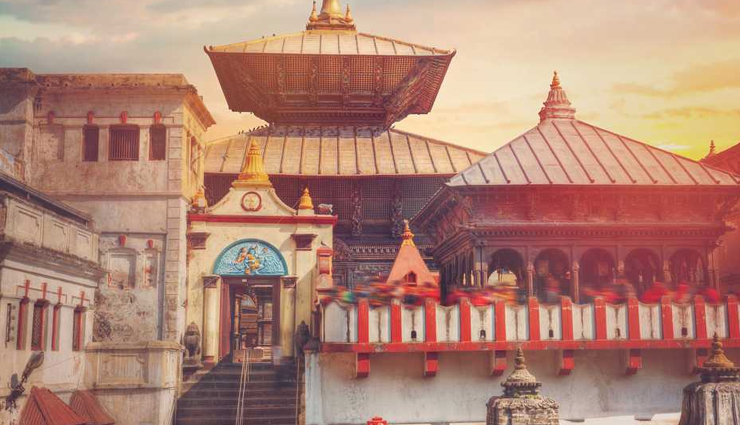
# Pashupatinath Temple in Kathmandu, Nepal
Situated on both banks of the sacred Bagmati River in Nepal, Pashupatinath is one of the most revered temples dedicated to Lord Shiva. It attracts countless tourists and devotees annually, some with the unique intention of spending their final moments here. The temple is renowned for its role in the Hindu belief that dying in Pashupatinath ensures reincarnation as a human, regardless of past actions.
The complex features various structures, with the main temple on the western bank of the river. Renowned for its gold-plated roof and the large statue of Shiva’s bull, Nandi, it has been a UNESCO World Heritage Site since 1979. Although entry to the main temple is restricted to Hindus, the entire site offers spiritual and aesthetic enrichment to pilgrims and tourists alike.
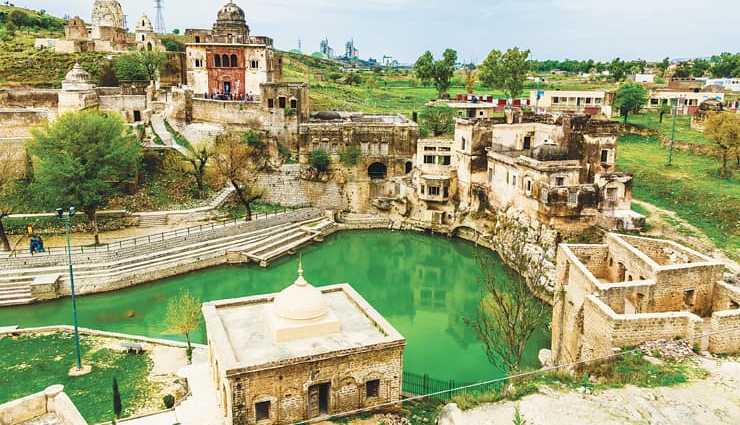
# Katas Raj Temples in Punjab, Pakistan
The Katas Raj Temples in Punjab, Pakistan, form a picturesque complex of ancient architecture, water pools, and lush greenery. The oldest temple dates back to the 6th century, with subsequent structures added over the centuries, representing about 1,500 years of history.
The Katas Pond, surrounded by temple ruins, is considered sacred by Hindus. According to legend, it was created from Shiva’s tears as he mourned his wife Sati. The pond’s crystal-clear waters are believed to purify sins through Shiva’s divine power, making this site a profound convergence of history, beauty, religion, and mythology.
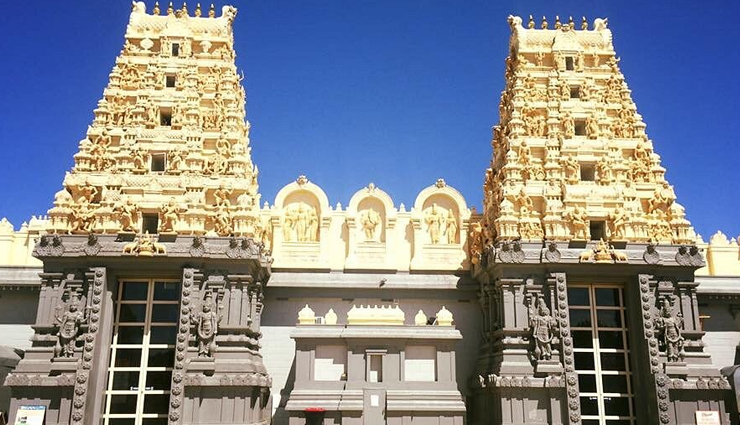
# Shiva Vishnu Temple in Melbourne, Australia
The Shiva Vishnu Temple, built by the Hindu Society of Victoria in 1986, is a prominent center of Hindu worship in Melbourne. With around 2,000 members, the temple attracts many visitors, with peak attendance reaching up to 15,000 guests.
The Society's mission to promote Hinduism includes the creation of the Cultural Centre, which features a heritage museum documenting the temple’s history and a library offering extensive information on Hinduism. The temple also hosts annual festivals that draw thousands of devotees from across Australia and beyond.
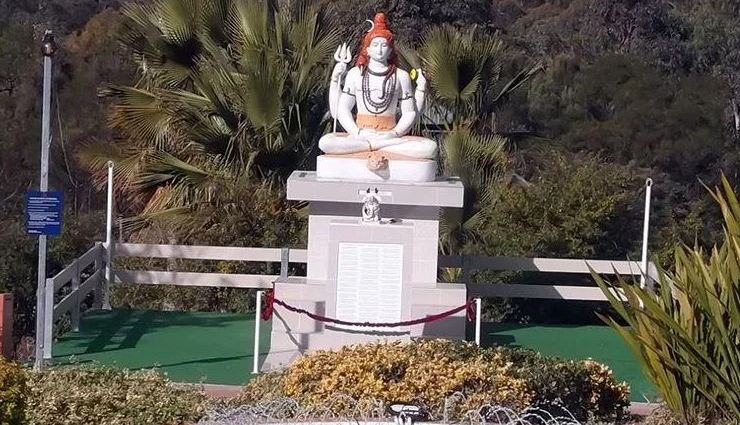
# Mukti Gupteshwar Temple in Minto, Australia
Mukti Gupteshwar Temple is distinctive as the first and only man-made cave temple, constructed from 1997 to 1999 by Hindu believers in Australia. The temple’s unique design symbolizes the cave of intellect and humanity’s early reliance on caves as shelter.
Today, it serves as a spiritual sanctuary, venue for Hindu festivals, and a notable landmark of Hinduism in Australia.
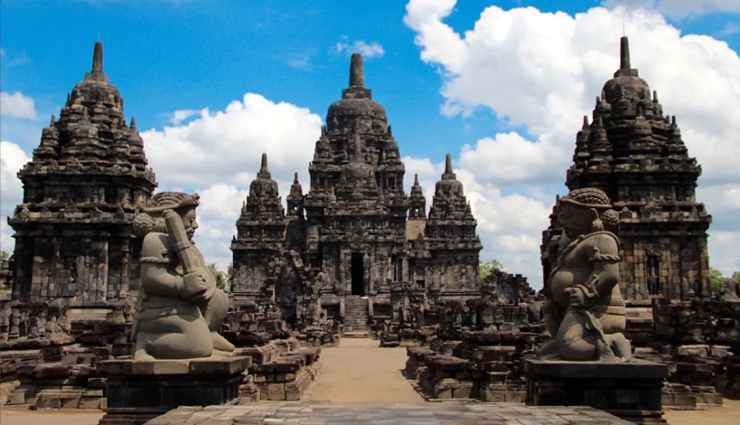
# Prambanan in Java, Indonesia
The Prambanan Temple Complex, the largest temple site in Indonesia, dates back to the 9th century and features multiple structures, including the prominent Shiva Temple. At 47 meters high, the Shiva Temple stands between Brahma and Vishnu temples, creating a grand architectural ensemble.
Although many temple interiors are closed to visitors due to damage from natural disasters, Prambanan remains a captivating site. The complex’s ancient atmosphere offers a rich experience for walking, meditation, and appreciating its architectural splendor.





